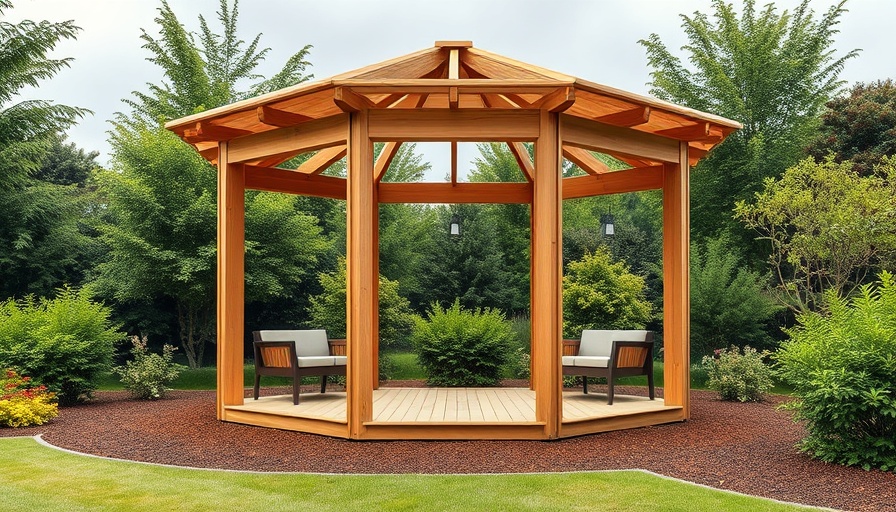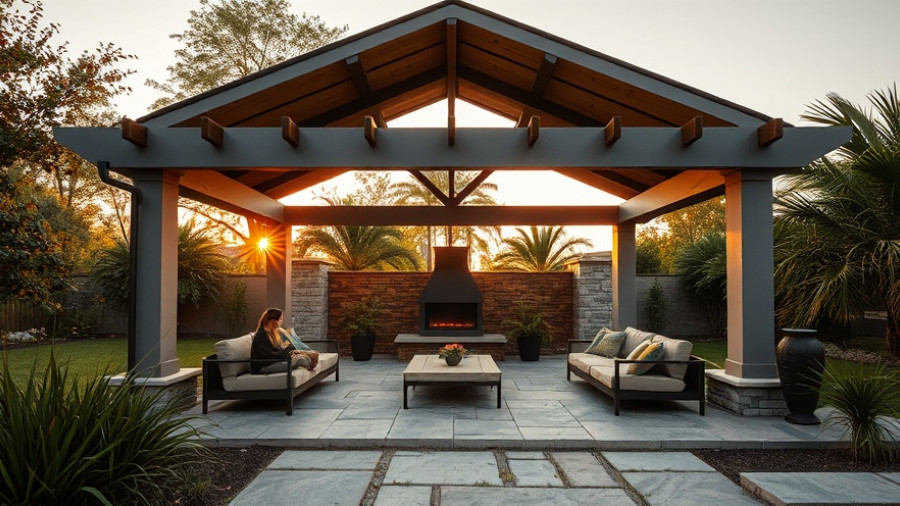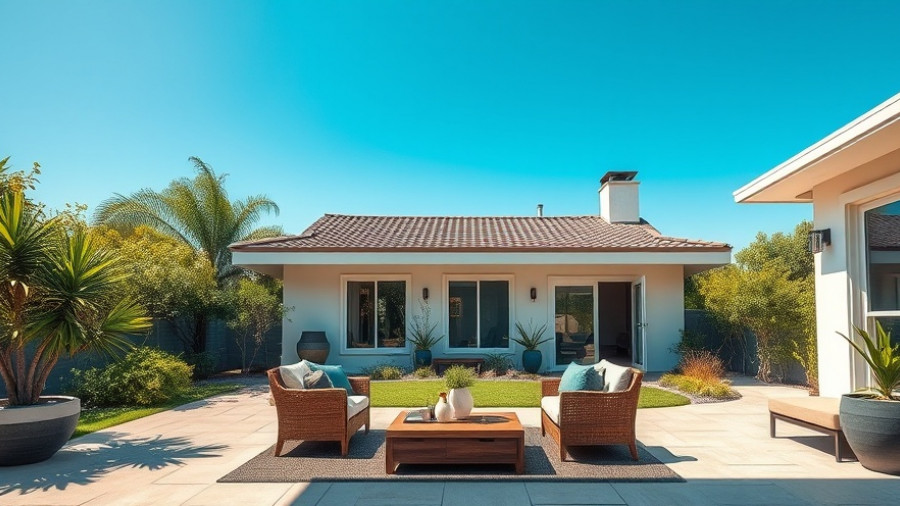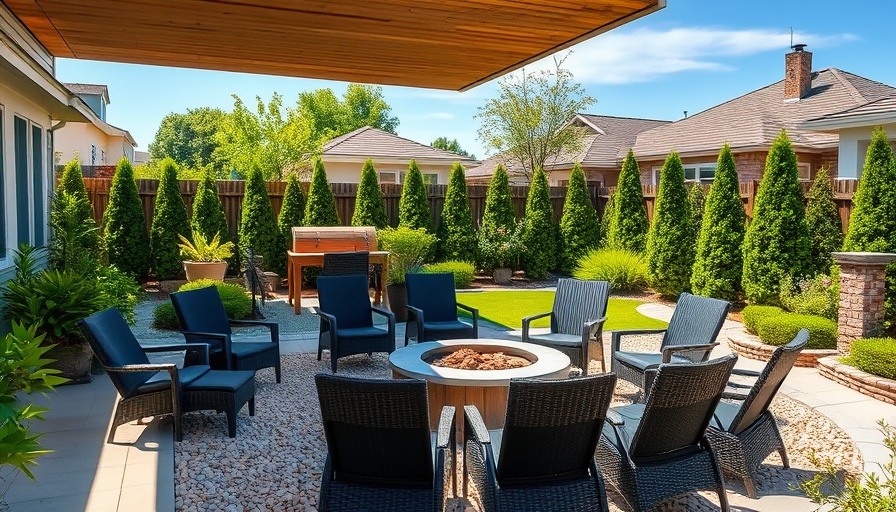
Transforming Your Outdoor Living Space: Building a Modern Gazebo
For California homeowners looking to enhance their outdoor spaces, constructing a modern gazebo can be an enriching and satisfying project. Not only does a gazebo provide shade, but it also adds an element of style and functionality to your backyard. In this article, we’ll guide you through the essential steps to build a beautiful gazebo that can serve as your family’s favorite gathering spot.
Begin with the Right Planning
The cornerstone of a successful gazebo project is effective planning. Before diving into construction, take the time to evaluate your backyard's dimensions and design preferences. Make sure to draw up a blueprint or utilize digital design software to visualize the gazebo's shape, size, and position in your yard.
Permits may be required depending on your local regulations, so it’s crucial to check with your city planner or homeowner’s association. This initial step can save considerable time and effort later in the project.
Gathering the Right Tools and Materials
To build your gazebo, you’ll need an assortment of tools and materials. Essential tools include a circular saw, framing nailer, and a post hole digger, while materials will range from treated wood to roofing panels.
Different materials can influence the aesthetic of the gazebo. For instance, cedar provides a natural and stunning appearance, while composite materials may offer enhanced durability. Be sure to assess your budget, as the cost can exceed $5,000 depending on the materials chosen.
A Step-by-Step Guide to Gazebo Construction
Once your planning is complete, follow these steps to construct your gazebo:
- Step 1: Pour Concrete Footings - Begin by setting the concrete footings for your gazebo’s 6×6 posts, ensuring they are accurately placed in a square formation.
- Step 2: Assemble the Frame - Once footings are cured, assemble the frame using your nails and screws.
- Step 3: Add Siding and Roofing - Install your chosen siding and roofing materials, ensuring everything is secured correctly to withstand seasonal weather.
- Step 4: Finishing Touches - Don’t forget to add railings, decorative trims, and possibly a protective finish to maintain the gazebo’s beauty over time.
Embracing the Benefits of a Gazebo
A well-constructed gazebo can enhance your outdoor living experience by providing an inviting area to relax, entertain, or enjoy family dinners under the stars. It also increases your home’s value and can be a focal point in your yard that reflects your personality and style.
Inspirational Ideas for Customization
Customization can take your gazebo to another level. Consider adding features like built-in lighting, outdoor curtains, or even a sound system to create the perfect vibe.
Another idea could be to plant climbing vines or use decorative elements to add flair. Personal touches can turn a simple structure into a cherished family retreat.
Next Steps and Learning More
Finally, if you’re contemplating taking on this project, remember it’s essential to keep learning. Local hardware stores often provide workshops and classes that can enhance your DIY skills, as well as online resources that offer step-by-step video tutorials on gazebo construction.
As you embark on this journey of creating your ideal outdoor space, don’t hesistate to explore additional guides and resources available in your local community to refine your skills and ensure your gazebo stands the test of time.
Ready to start building your dream gazebo? Engage with local home improvement communities online or at your nearest hardware store to connect with DIY enthusiasts who can offer advice and support!
 Add Row
Add Row  Add
Add 




Write A Comment